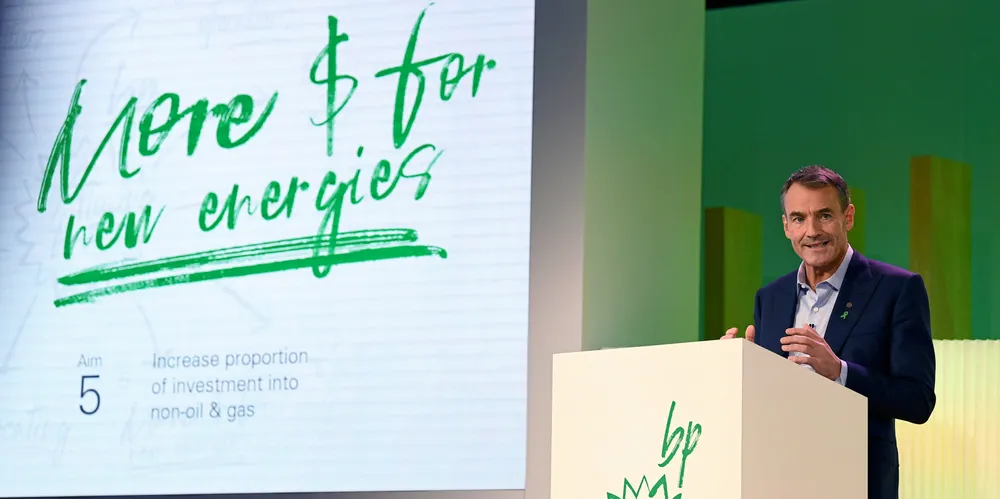Oil giant BP 'actively pursuing' floating wind leases despite reports of offshore pullback
Senior advisor says deepwater plays 'one of our areas' amid claims of last minute withdrawal from California seabed auction

Senior advisor says deepwater plays 'one of our areas' amid claims of last minute withdrawal from California seabed auction
